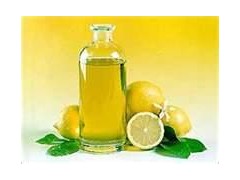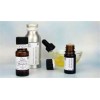This fresh smelling essential oil is a favorite in aromatherapy and is great for creating a more relaxed and happy feeling, relieving urinary tract infections, boosting the liver, spleen and stomach, while fighting oily skin, acne, psoriasis, eczema, as well as cold sores.
Oil properties
The scent of the oil is basically citrus, yet fruity and sweet, with a warm spicy floral quality and is reminiscent of neroli as well as lavender oil. The color ranges from green to greenish-yellow and the oil has a watery viscosity.
Origin of bergamot oil
This tree is native to South East Asia, but was introduced to Europe, and particularly Italy and is also found in the Ivory Coast, Morocco, Tunisia and Algeria.
Bergamot oil is made from a tree that can grow up to four meters high, with star-shaped flowers and smooth leaves, bearing citrus fruit resembling a cross between an orange and a grapefruit, but in a pear-shape. The fruit ripens from green to yellow.
The oil is one of the most widely used in the perfumery and toiletry industry and forms, together with neroli and lavender, the main ingredient for the classical 4711 Eau-de-cologne fragrance. It is used to flavor Earl Grey tea.
The name is derived from the city Bergamo in Lombardy, Italy, where the oil was first sold.











